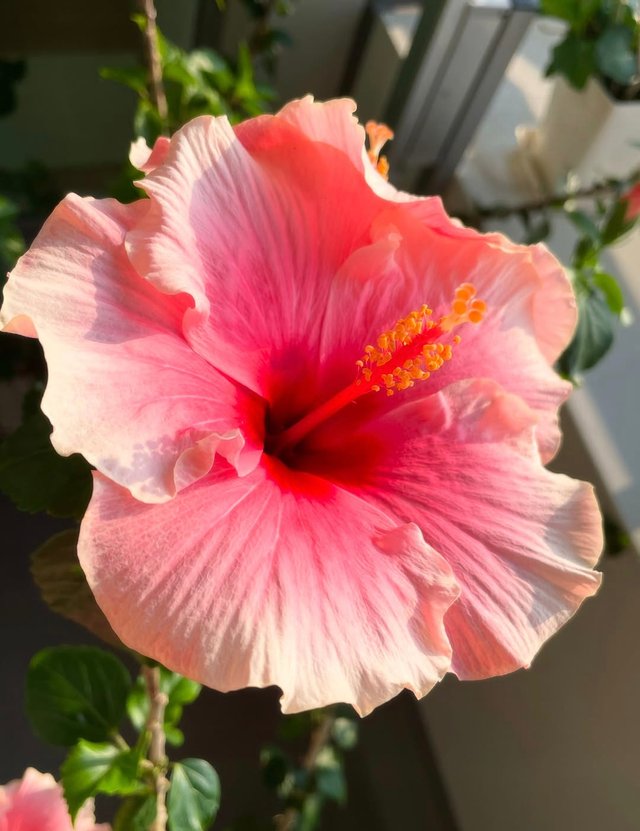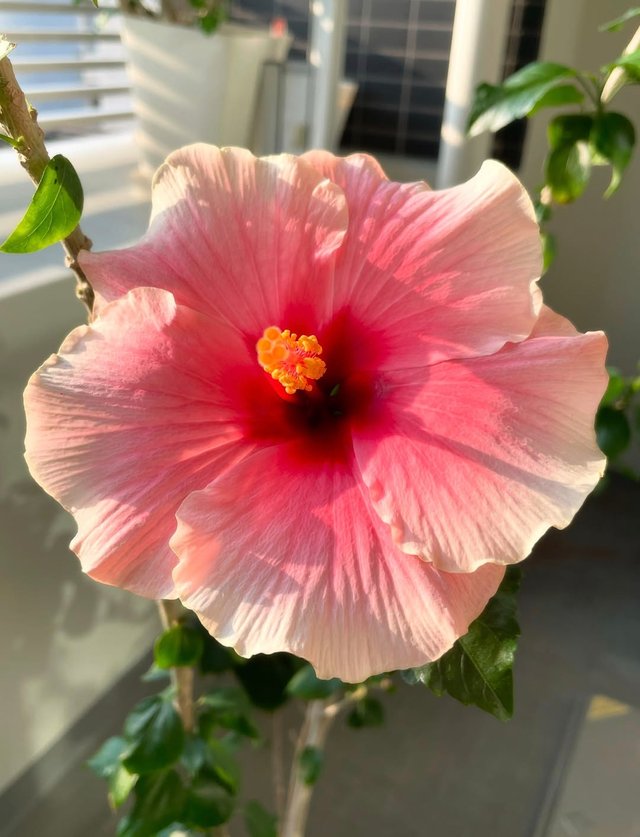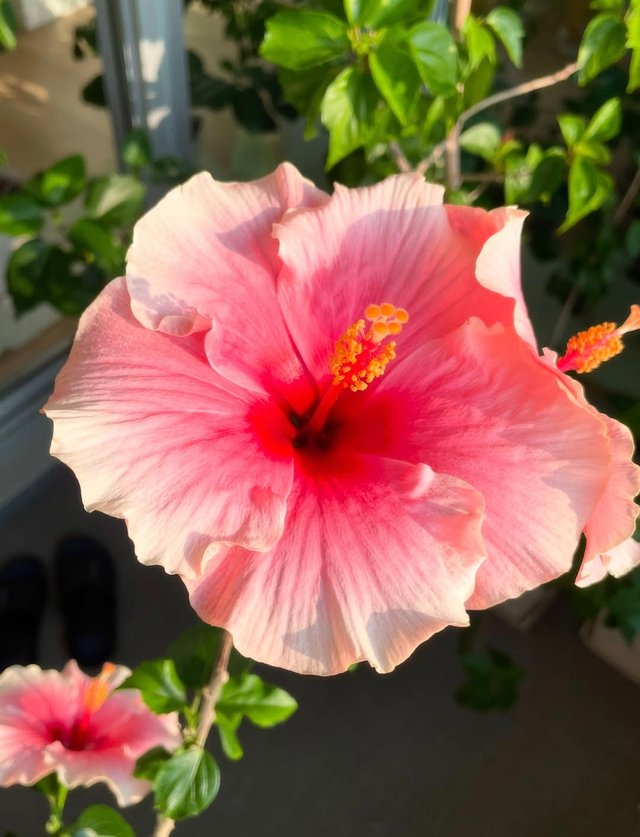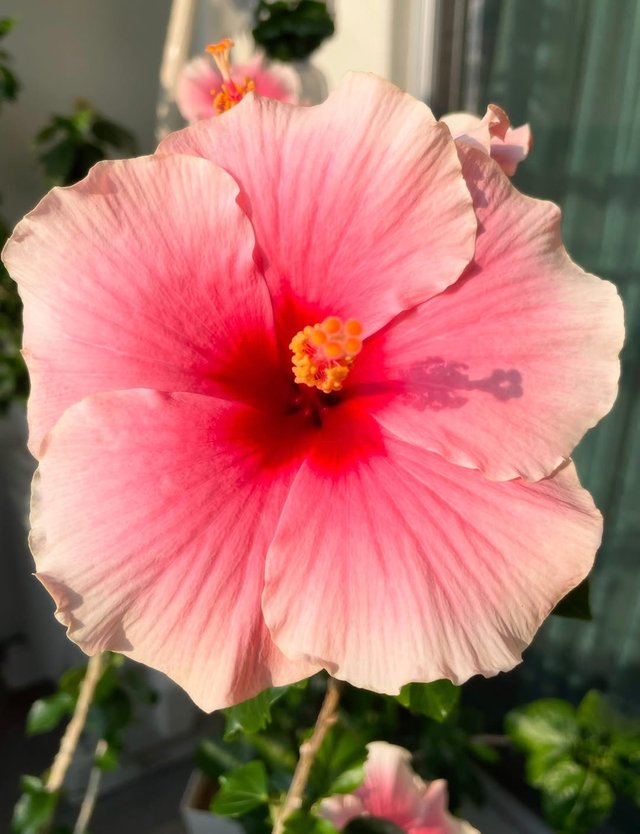Hibiscus Flower
-The Hibiscus, often called the queen of tropical flowers, is a vibrant, trumpet-shaped blossom that graces warm climates across the globe. With its bold petals, radiant colors, and rich symbolism, the hibiscus flower is more than just a pretty bloom—it is a cultural, medicinal, and ecological marvel.The hibiscus is a deciduous or evergreen shrub or small tree that can grow between 2 to 15 feet tall. It has dark green, glossy leaves and produces large, showy flowers in an impressive range of colors—red, pink, white, yellow, orange, and even purple. The blooms can reach up to 6 inches in diameter and typically last for a single day, though the plant flowers continuously during warm months.*
In Hawaiian culture, the hibiscus is a symbol of beauty and hospitality. Women traditionally wear a hibiscus behind their ear to signify relationship status—left ear if taken, right if single.Hibiscus represents fame, glory, and the fleeting nature of beauty.Red hibiscus is sacred to the goddess Kali and is used in devotional rituals.Hibiscus syriacus is the national flower of South Korea and Hibiscus rosa-sinensis is Malaysia’s national flower symbolizing courage and unity.
The hibiscus flower is a living expression of nature’s art—radiant, complex, and meaningful. Whether adorning tropical landscapes, steeped into teas, woven into cultural rituals, or pressed into cosmetics, this flower’s influence spans far and wide.Its striking beauty is matched by its versatility, making the hibiscus not just a garden favorite but a global symbol of health, grace, and vitality.



